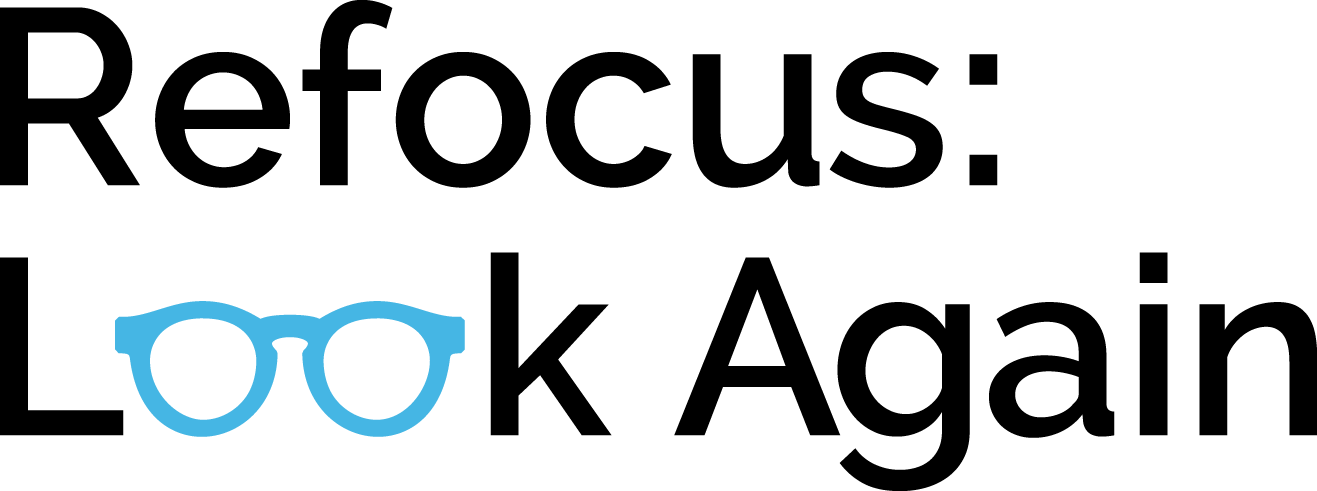This piece explores suicide and depression in the Asian American population, identifying suicide “as the ninth leading cause of death among Asian Americans and Pacific Islanders and the 10th leading cause of all deaths in the U.S.”
Exploring The Link Between Racism, Trauma and Mental Health
Kevin Hines: I Jumped Off the Golden Gate Bridge
Kevin Hines is using his personal story to fight distorted perceptions around suicide and spread awareness of prevention. Check out his film, Suicide: The Ripple Effect at suicidetherippleeffect.com or share your story about how suicide has affected your life on their Facebook page, Facebook.com/suicidetherippleeffect. If you're contemplating suicide, please call the Suicide Prevention Lifeline: 1-800-273-8255.
Media Resources from the National Suicide Prevention Lifeline
National Recommendations for Depicting Suicide
CDC: Suicide rising across the US, More than a mental health concern
The CDC identifies suicide as a leading cause of death in the United States, with “suicide rates increas[ing] in nearly every state from 1999 through 2016.” Click the title to access the complete CDC report with statistics on suicide in the United States, factors that contribute to suicide, the 12 warning signs of suicide and suggestions for working as a community to prevent it.
The Connection Between Suicide and Stigma
“Shame Festers in Dark Places”: Keeping Suicide Secret
“I understand, but I wish that more families would be open about suicide. I say this not only for the public at large, which would benefit from knowing the full truth about suicide. Not only for others who lost a loved one to suicide and who are further stigmatized when suicide is considered so shameful that it must not be named. Not only for those who have attempted or seriously considered suicide, and who are hurt by the notion that what they did is shameful. I say this also for the family itself.”
Study: Cops, Firefighters More Likely to Die by Suicide Than in Line of Duty
The Ruderman Family Foundation conducted a nationwide study that resulted in the troubling conclusion that first responders are more likely to die by suicide than in the line of duty. ““The white paper also goes on to lay out several barriers that prevent first responders from accessing necessary mental health services to help them cope with trauma.”


